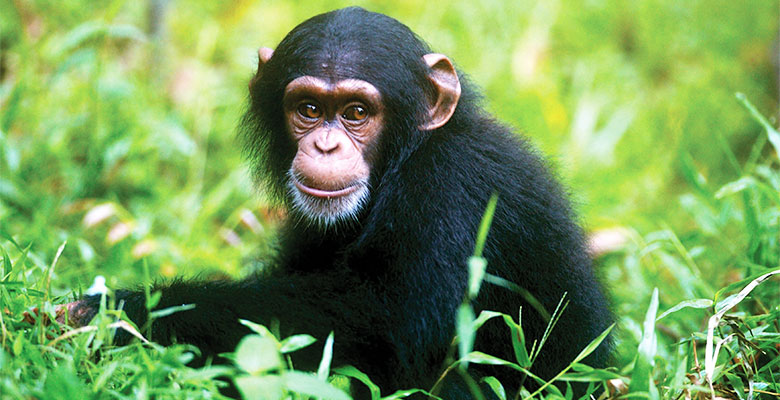Conservation breakthrough - Drones could contribute to saving endangered chimpanzees

A new study has revealed that drones fitted with a standard camera are able to detect chimpanzee nests, saving conservation researchers hours of ground work
Conservationists can now use drones to map chimpanzee distribution frequently in remote areas and detect changes at a much faster rate than with traditional survey methods. They can then detect areas where population levels of the endangered species are low.
The International Union for Conservation of Nature ( IUCN Netherlands ) has classed chimpanzees as endangered as their population has been reduced significantly in the past 20 to 30 years. In order to save them , it is essential to monitor areas where they live.
Drones (sometimes also referred to as Unmanned Aerial Vehicles) provide the ideal solution as the wild chimpanzees they live in low densities and are very shy towards humans. The drone used in this study is a low-cost and easy-to-use model. The drone can obtain a large number of photos during its 20 minute flight in an area that would take researchers on the ground many hours to cover.
Liverpool John Moores University’s Professor Serge Wich, who conducted the study with Alexander van Andel from IUCN Netherlands commented:
“The most commonly used method to survey great ape populations is counting nests during ground surveys as they build a new nest each night but these ground surveys do not occur frequently enough with due time and costs involved.
“So far, aerial drone surveys have successfully detected nests of orang-utans, but before this study it was unknown if this technology would work for African apes, which often construct their nest lower below the canopy. This study shows that drones are also a promising tool to assist African ape conservation.”
Alexander van Andel added: “The results of this study show that drones can be a new tool to determine faster whether chimpanzees are present in a certain area. In addition the study shows that habitat suitability can be determined by drones by identifying tree species which are important in the chimpanzee diet.”
The paper ‘Locating chimpanzee nests and identifying fruiting trees with an Unmanned Aerial Vehicle’ was published in the American Journal for Primatology and is available at -
http://onlinelibrary.wiley.com/doi/10.1002/ajp.22446/abstract
The research was conducted by Alexander van Andel from IUCN Netherlands with LJMU’s Professor Serge Wich from the School of Natural Sciences and Psychology.
Other co-authors to the study were Professor Christophe Boesch, Dr. Martha Robbins and Dr. Hajlmar Kühl from the Max Planck Institute for Evolutionary Anthropology, Department of Primatology. Further important contributions were made by Dr. Lian Pin Koh from the Environment Institute of University of Adelaide and Joseph Kelly from the Georg-August-Universität Göttingen.
Interview contact details:
Professor Serge Wich, LJMU School of Natural Sciences and Psychology: s.a.wich@ljmu.ac.uk
Sander van Andel, Senior Advisor - Ecosystem Alliance: sander.vanandel@iucn.nl
